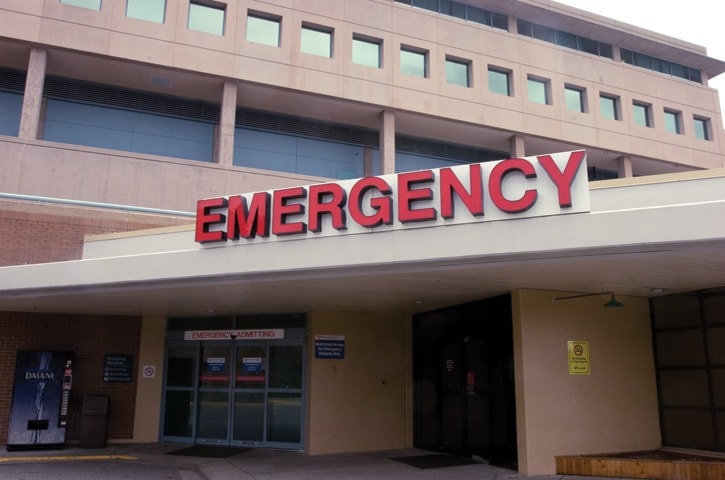Congestion around Peace Arch Hospital’s ER is a fact of life – even though it’s not strictly an emergency-department issue, says Dr. Anne Clarke, medical director for the emergency program for Fraser Health.
But it’s something people in the community need to advocate to provincial and federal politicians about, she suggests.
Fraser Health had asked Peace Arch News to speak to Clarke to address some of the criticisms voiced recently by general surgeon John Todd and relatives of patients. Todd had said earlier this week that the hospital was “bursting at the seams,” and that nurses are in despair and patients are being neglected.
As an ER doctor at Peace Arch herself, the congestion, including beds and screens in corridors, is something that she and and other staff deal with on a daily basis, she admits.
“The hallways are always full,” she said, commenting on recent reports of overcrowding in and around the ER.
“It isn’t related to the number of people coming in – it’s related to the fact that there are not enough inpatient beds for people who have been admitted,” she said.
No matter whether people are planning to return home immediately or are waiting for a hospital bed, staff in the emergency department are there to look after them, Clarke said.
“That’s our job – to care for people in the emergency department.”
She said she’s always amazed that ERs attract remarkable individuals who provide care whatever the circumstances with a “we can manage – can-do attitude.”
“They work incredibly well in a situation that has been going on for a long time and likely will continue,” she said.
But overcrowding “certainly adds to the stress levels of staff,” she acknowledged, commenting on reports of decreased morale in the department.
“Staff do get frustrated whenever there are things that stress the system and when they feel it’s preventing them from giving the kind of care they want to give. But the care they provide is excellent.”
There are things people can do to improve the situation, she said.
“The public needs to advocate for responsible health care funding that is introduced in a way that improves health outcomes,” she said.
“Sensible, responsible funding is what they need to advocate for to our politicians – provincial and federal.”
There is also some onus on the public to take responsibility for their health, she noted.
“We want to make sure people stay well and stay out of hospital,” she said.
“In-patient beds are a scarce resource and we try to save them for people who would benefit the most from a hospital stay.”
That means people looking after themselves well, seeing family doctors regularly, monitoring chronic conditions, knowing how to recognize danger signs and knowing how to manage their medications, she said.
